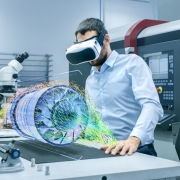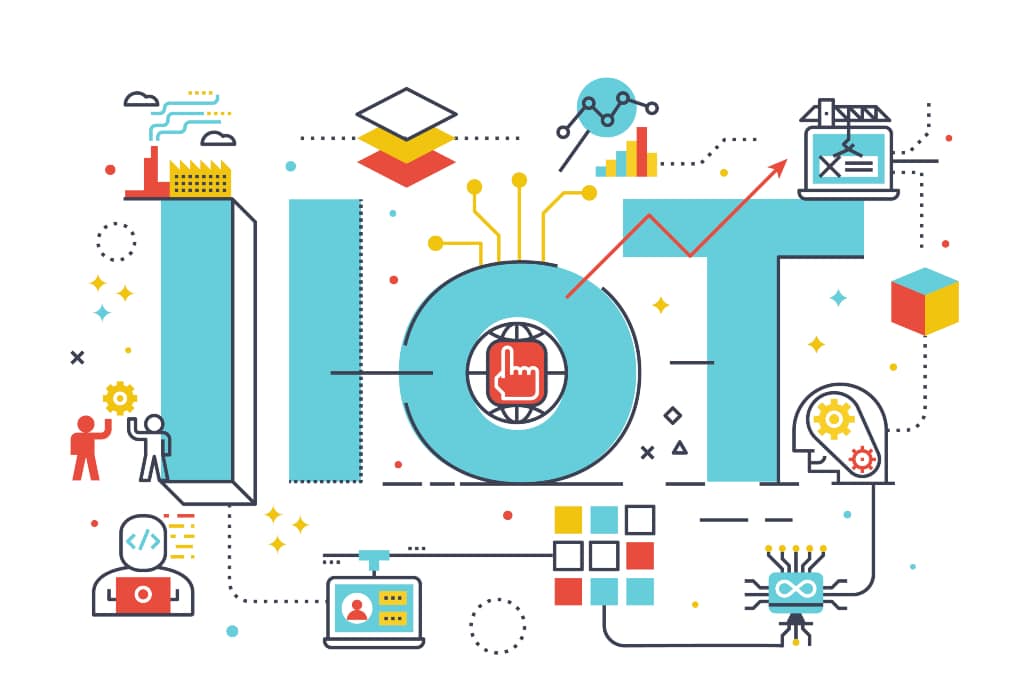Automation trends in the packaging industry
Like many other industries, the packaging sector is constantly adapting to market demands. The changes are influenced by factors such as regulation, shortage of skilled labor and digital transformation. To turn these challenges into opportunities, innovative companies are increasingly relying on solutions such as human-robot collaboration and the use of Artificial Intelligence to ensure intensive data processing.
Collaborative robots
Diversification, customization and even smaller batch sizes cannot always be managed profitably through high-speed automated processes in mass production. The corresponding tasks are often transferred to contract packers, who tend to use expensive human resources to carry out complex processing tasks in small batches and higher quality packaging. Therefore, conventional industrial robots are more likely to play a supporting role in this area.
A clear trend is the growing demand for collaborative robots (cobots) for direct use alongside humans without protective equipment. It is not about replacing the classic industrial robots, but about complementing them and adding advances in automation, especially in the co-packing or co-packing sector.
On the other hand, the support that cobots provide to humans presents an opportunity. Equipped with a vision system, they can relieve people of monotonous, exhausting and physically stressful tasks, for example, orienting parts correctly or lifting loads. In this way, they increase the efficiency and quality of human work.
Cobots are designed primarily for use in close proximity to humans, meaning they operate with human-safe forces and acceleration parameters.

Robots without protective barriers
For industrial robots, the market demands alternative security solutions to fences, barriers, cages and cells. After all, these safety measures take up valuable production space, generate additional high cleaning costs in hygienic areas, and prevent meaningful cooperation with workers. Additionally, complex restart procedures are required after an emergency shutdown or if protective barriers have been opened. Instead, optical security systems can be applied. Laser scanners are widely used to monitor defined areas around the robot.
Instead of protecting an area with light barriers and laser scanners, entire rooms are increasingly being monitored with camera systems. In the future, AI-equipped vision systems will recognize when and where operators enter the robot workspace and regulate their speed. In this way, it will soon be possible to move freely and safely around the robots.
Artificial Intelligence
In robotics, Artificial Intelligence describes the ability to react appropriately to unforeseen and unplanned situations. If, for example, a robot received a product that differed from the norm in terms of orientation, geometry or packaging, it would not be able to identify these irregularities and react accordingly. AI-equipped robotic systems and corresponding vision systems such as sensors can now learn to identify these deviations and adapt their processes.
AI is also used when intelligent robots detect quality defects in products being packaged and replace them with perfect products throughout the process, even within individual packaging units. Robots that can be moved manually or even mounted on unmanned transport systems can also quickly detect their new position and adapt their process sequences using AI.
Data extraction
In the context of the desire to increase OEE (Overall Equipment Efficiency) through digitization, there is a strong demand for analysis of data extracted from production. The status and operating profile of peripherals, both robot components and servo drives can be recorded. This provides valuable information, for example on the condition of wearing parts and possible contamination. The resulting database information enables predictive maintenance strategies with the potential for significant savings in maintenance costs.
Another important category of process data is that used for traceability and consumer information, especially in the food sector. It can be used, for example, to prove compliance with the cold chain or to attach information about the origin of food products to the packaging, which can be accessed by means of a QR code.
However, far from replacing all manual labor in the packaging industry, robots act as fully integrated, intelligent companions, helping to make tasks more comfortable and efficient.









